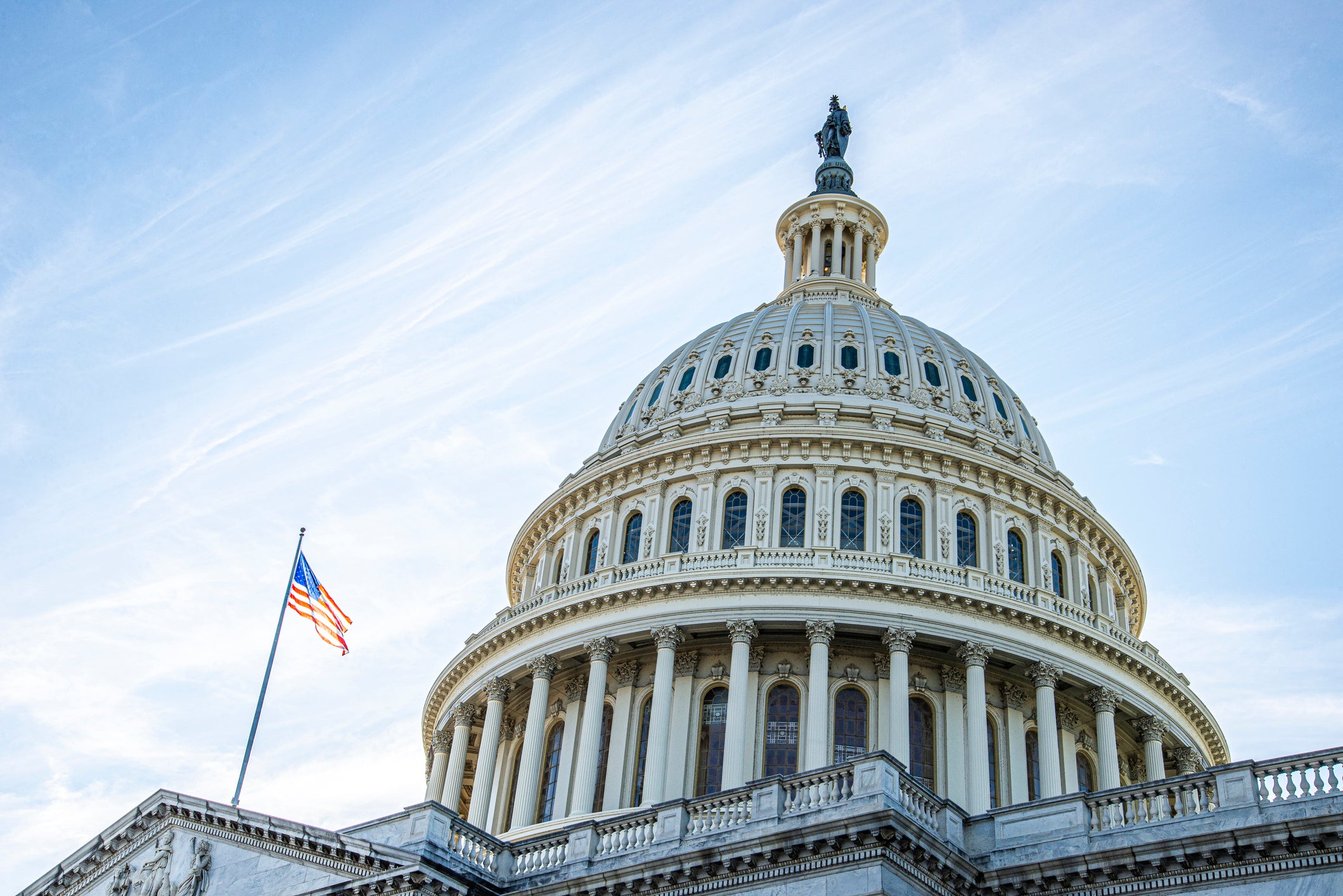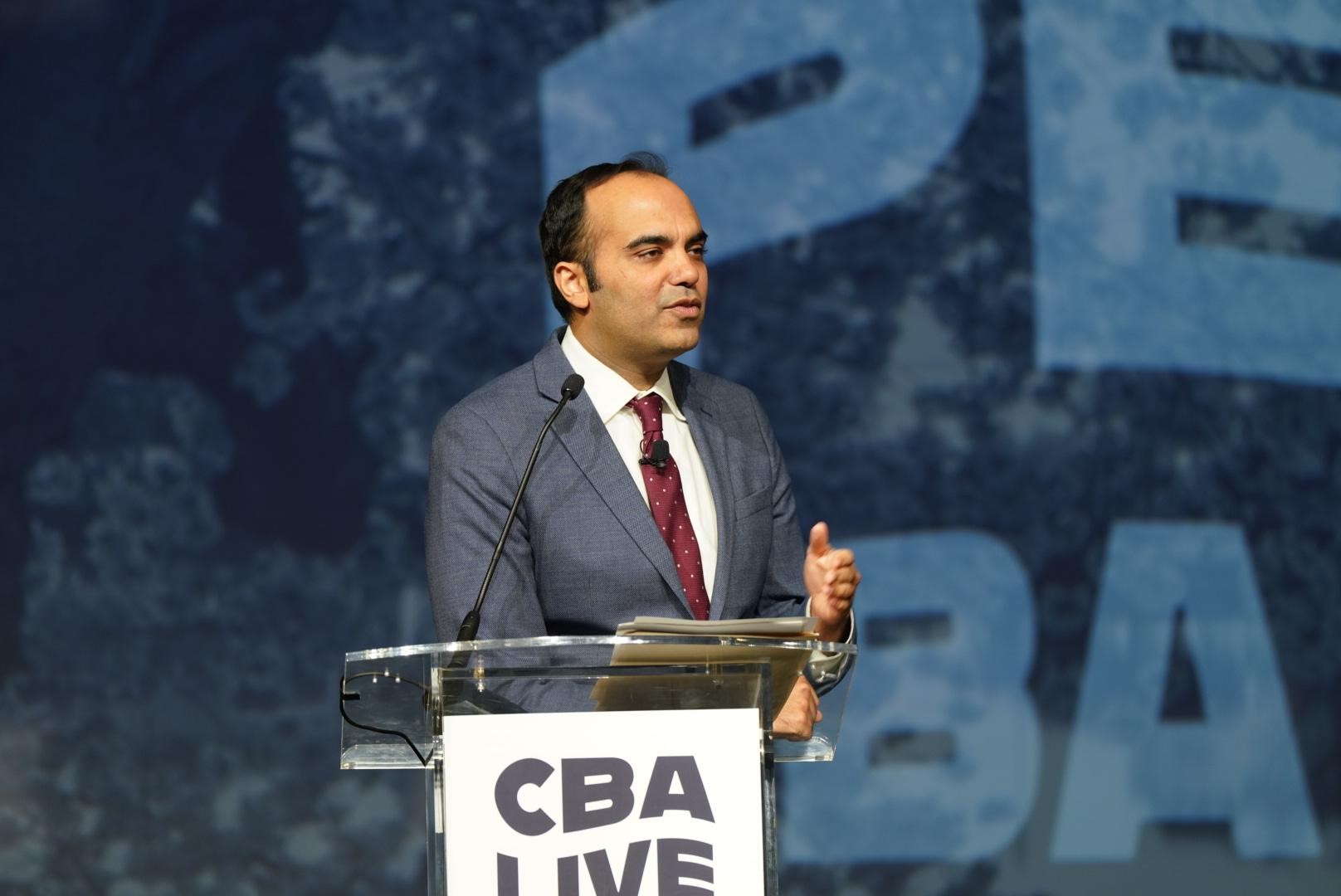Correcting the Record: How Overdraft Innovation Provides Needed Service for Consumers

The House Financial Services Committee this week is scheduled to consider legislation (Overdraft Protection Act, H.R. 4277) that would dramatically restrict access to overdraft – a bank product millions of consumers knowingly use, value, and count on in times of need. Too often the discussion around this critical product is stuck in the past and fails to account for the significant innovation banks have delivered in recent years to meet consumers’ evolving needs.
Here’s where the conversation misses the mark and, with it, the reality consumers face today:
❌ CLAIM
The possible fees associated with this service are not adequately disclosed, harming the consumer.
✅ REALITY
Bank customers must proactively opt-in to utilize the overdraft product. Fees are clearly communicated through electronic notices and statements.
- As a result of Congressional action in 2010, regulatory framework that governs overdraft services [Regulations E and DD] clearly acknowledges the role of the consumer to make informed, individual choices.
- Bank customers must knowingly opt-in to overdraft services to receive the emergency safety net it provides. The product helps ensure a transaction – for groceries, gas, or an emergency – is successful, even if the funds are not there at the time.
- For many hardworking families, this feature provides a critical financial cushion to cover unexpected expenses in times of need – whether to pay their rent or simply put food on the table.
❌ CLAIM
There are other tools consumers can access to meet their short-term financial needs.
✅ REALITY
For many, overdraft is the last viable source of short-term liquidity.
- Regulatory uncertainty around small-dollar loans served as a significant impediment towards banks’ ability to offer these products, according to a recent bipartisan report from the U.S. Government Accountability Office.
- Without access to viable, bank-offered short-term liquidity products, eliminating overdraft would leave consumers with little recourse but to use less-supervised, less-regulated, non-depository institutions to meet their needs, where they are likely to pay higher costs with much less oversight.
❌ CLAIM
This product should be eliminated.
✅ REALITY
Eliminating the product would greatly harm those most in need.
- Overdraft provides a much-needed emergency safety net for millions of families who view the product as beneficial and knowingly use it to cover unexpected expenses in times of need. Even as overdraft use has declined by 40 percent between 2010 and 2020, a majority of regular overdraft users knowingly use the product and value the emergency safety net it provides in times of need, according to a 2021 study from global intelligence firm Curinos.
- There is a clear need for short-term liquidity provided by banks of all sizes. A 2018 Federal Reserve survey estimated that nearly 40 percent of American adults wouldn’t be able to cover a $400 emergency with cash, savings or a credit-card charge that they could quickly pay off.
- Leading regulators agree: Acting Comptroller of the Currency Michael Hsu said in remarks earlier this year, ‘limiting overdrafts may limit the financial capacity for those who need it most.’
❌ CLAIM
Recent overdraft changes from banks are temporary.
✅ REALITY
Overdraft innovations are here to stay, and they’re making a meaningful difference in the lives of consumers. Lower fees through innovation gives banks a competitive advantage.
- Overdraft changes made just in the last year by the 25 largest U.S. banks could save consumers $4 billion annually, Pew Charitable Trusts estimates, with changes at the largest three banks expected to yield $2 billion in savings, alone.
- The Pew analysis released last month also anticipated, “These reforms at the biggest banks should have outsized benefits for Black and Hispanic customers [and] should help reduce the number of unbanked Americans.”
- Overdraft fees, per U.S. adult, have declined by 77 percent, or $158 since 2008, according to Curinos, who projects recent bank-led overdraft innovations will deliver consumers $7.5 to $10 billion dollars in savings.
- The Consumer Financial Protection Bureau agrees: Last week, the Bureau wrote, “changes in overdraft program settings and in other checking account policies are making meaningful difference in the amount consumers incur in various fees while using their checking accounts at their banks.” And earlier this year, CFPB Director Rohit Chopra recognized the impact of these bank innovations, noting: “This is one of the beauties of a competitive market. When there is real competition […] people can benefit across the board.
❌ CLAIM
The threat of legislative and regulatory action has pressured banks to implement overdraft reforms.
✅ REALITY
Banks are making changes to meet the evolving needs of consumers. This innovation is driven by competition, not legislation or regulation.
- Many of these new overdraft products and features have been in development or available to consumers for years. In fact, Huntington Bank first announced a 24-Hour Grace Period on overdraft fees in 2010.
- Since that time, consumer demand has continued to evolve, and a growing share of banks have responded in kind by unveiling new overdraft innovations to meet unique needs of the people they serve.
- This industry shift is also a smart business decision. Data from Curinos found:
- Consumers were more likely to open new accounts or increase their checking account activity with banks offering overdraft innovations.
- Traditional banks with overdraft innovations have experienced a 40 percent improvement in account acquisition since 2017, compared to a decline of almost 30 percent for non-innovators.
❌ CLAIM
Overdraft should be treated as credit and subject to the Truth in Lending Act (TILA).
✅ REALITY
Turning overdraft into credit threatens access to the product for those who need it most.
- Regulators have intentionally declined to include overdraft services as a credit feature subject to TILA and its implementing regulation (Regulation Z).
- Regulators understand the application of TILA requirements (underwriting, TILA specific disclosures, APR application, etc.) would undermine the emergency nature of overdraft services.
- Applying of TILA to overdraft would essentially eliminate the service, pushing the most vulnerable consumers to meet their needs through less desirable and higher costs venues outside of the highly regulated banking industry.
Background
CBA long has advocated for protecting consumers’ access to emergency safety net products like overdraft and has continued to amplify recent bank-led overdraft reforms this week ahead of tomorrow’s hearing in the House Financial Services Committee:
- In a new op-ed appearing yesterday in American Banker, CBA President & CEO Lindsey Johnson urged policymakers to recognize the impact of recently unveiled bank-led overdraft innovations designed to expand choice, strengthen transparency, and lower costs for hardworking consumers.
- CBA also sent a new letter to Congress reiterating longstanding opposition to H.R. 4277, legislation that would restrict access to overdraft for millions of hardworking families who knowingly use and value the product.
To learn more about CBA’s efforts to correct misinformation and deliver the facts about how emergency safety net products like overdraft are valued by millions of consumers in times of need, click HERE.



